|
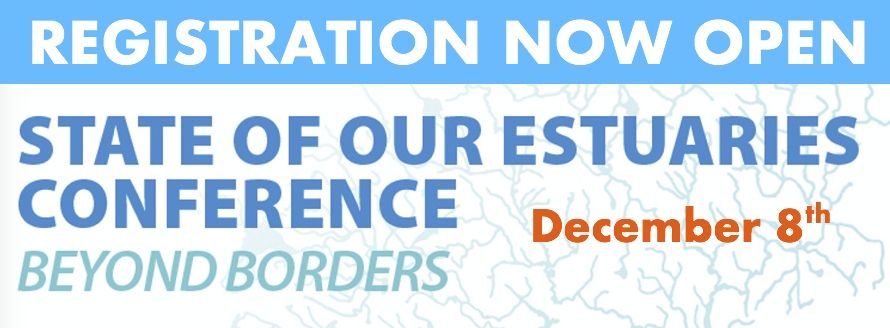
2018 State of Our Estuaries
It has been over 18 months since PREP started planning and gearing up for the 2018 State of Our Estuaries report, and we are now counting down the last 30 days until we release the report at the upcoming State of Our Estuaries conference on Friday, December 8, 2017 at the Portsmouth Harbor Events Center, Portsmouth, NH. The full day conference is the culmination of an incredible amount of work and support from our partners across the region, and we hope you plan to join us December 8th to learn about the health of our estuaries and celebrate projects and successes from the last five years. But first a few announcements…
Peter Egelston Joins Conference as Keynote Speaker!
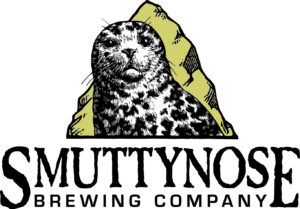 Known for their delicious beer, the Smuttynose Brewing Company is a strong advocate for environmental health, water quality, and giving back to the community. They know you simply cannot have tasty beer without clean water. Water makes up nearly 95% of beer and the Smuttynose Brewing Company and the Portsmouth Brewery have a tremendous stake in the health of the region’s water resources. Join us to hear more from Peter, and how Smuttynose Brewing Company is a clean water champion! Known for their delicious beer, the Smuttynose Brewing Company is a strong advocate for environmental health, water quality, and giving back to the community. They know you simply cannot have tasty beer without clean water. Water makes up nearly 95% of beer and the Smuttynose Brewing Company and the Portsmouth Brewery have a tremendous stake in the health of the region’s water resources. Join us to hear more from Peter, and how Smuttynose Brewing Company is a clean water champion!
Deborah Szaro EPA New England Region 1 Acting Administrator (invited)
Acting Administrator, Deborah Szaro has been invited to the 2018 State of Our Estuaries Conference to provide an EPA perspective on the future of important work being done on the ground in support of healthy communities in New England.
The State of Our Estuaries Report Then & Now
Formerly the New Hampshire Estuaries Project (NHEP), PREP has been publishing the State of Our Estuaries reports since 2000. The reports have been a summary of biological and environmental indicators of estuarine health for the Great Bay and Hampton-Seabrook estuaries. And this year, we are excited to be including social indicators in our report for the first time!
Over the last two years, PREP partnered with the NH Department of Environmental Services Coastal Program (NHCP), Great Bay National Estuarine Research Reserve (GBNERR), the National Oceanic Atmospheric Administration (NOAA), and Plymouth State University for the Social Indicators Project – a two year initiative to gather, understand, and link social and behavioral data to regional environmental indicators. Many of our partners participated in interviews with our NOAA Coastal Fellow, Simone Barley-Greenfield, to inform this work, and we cannot thank you enough for your support. Ultimately the project culminated in three social indicators being included in this year’s report. Curious which social indicators are being included? The best way to get your copy of the report is to join us on December 8, 2017 for the State of Our Estuaries Conference.

While we anticipate the upcoming report release and conference, let’s take a look back at how our estuaries have changed over time.
In 2012 the State of Our Estuaries report described 22 key indicators of the health of our estuaries: 15 of which were classified as having cautionary or negative trends. Overall the assessment showed there was reason to be concerned about the health of our estuaries and that increased efforts to study and restore our estuaries were needed. The report included recommendations listed below. How have we as a community for clean water faired in terms of the recommendations below?
2012 Recommendation: Expansion of monitoring of our estuaries and to fund additional research questions to address knowledge gaps.
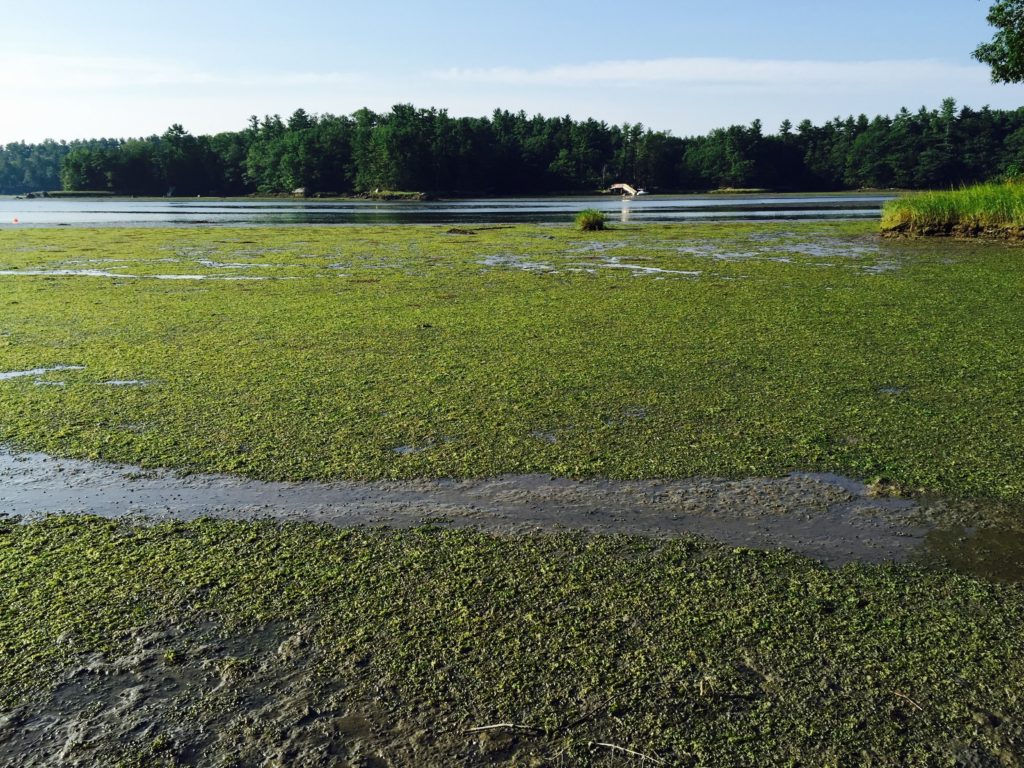 Macroalgae covering mudflats on the Great Bay Estuary. Macroalgae covering mudflats on the Great Bay Estuary.
Communities and partners have invested considerable amounts of funding to the Piscataqua Region Monitoring Collaborative (PRMC) to begin expanding monitoring efforts across the region to address knowledge gaps. One example is since 2012 PREP and our partners have added four more years of data for macroalgae/seaweed monitoring (the previous State of Our Estuaries report only reported on two years – 1980 and 2008).
2012 Recommendation: Protect important natural areas and waterways through land conservation and improved land use planning and development practices.
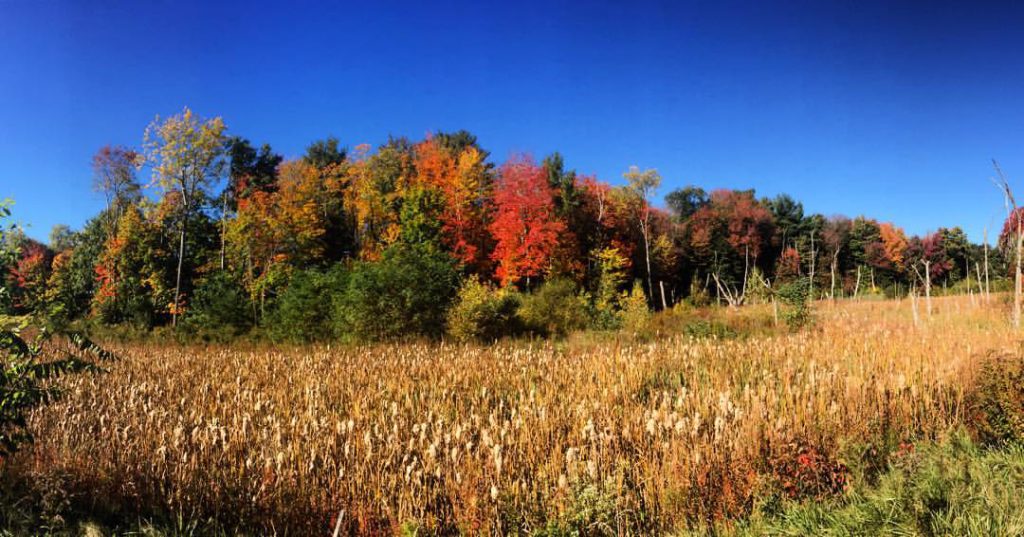
Foliage along the estuary. Photo by Simone Barley-Greenfield.
Land conservation efforts continue to increase across the region (for specifics on acres conserved in the region and specific communities check out the 2018 State of Our Estuaries Report), and we are approaching our goal of 20% of the watershed conserved by 2020.
2012 Recommendation: Increase the pace and scale of restoration efforts for oysters, eelgrass, salt marsh, and migratory fish populations.
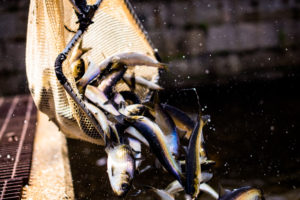
Migratory fish. Photo by Ian MacLellan
Recently the Great Dam in Exeter was decommissioned, opening passage for alewives that was previously only accessible by fish ladder. And in 2015 we exceeded our goal of 20 acres of oyster restoration. How many acres of restoration do we have currently? Check out the 2018 report for the latest information on restoration in the Great Bay Estuary.
2012 Recommendation: Invest in clean water through appropriate infrastructure upgrades and reduce stormwater pollution from paved areas.
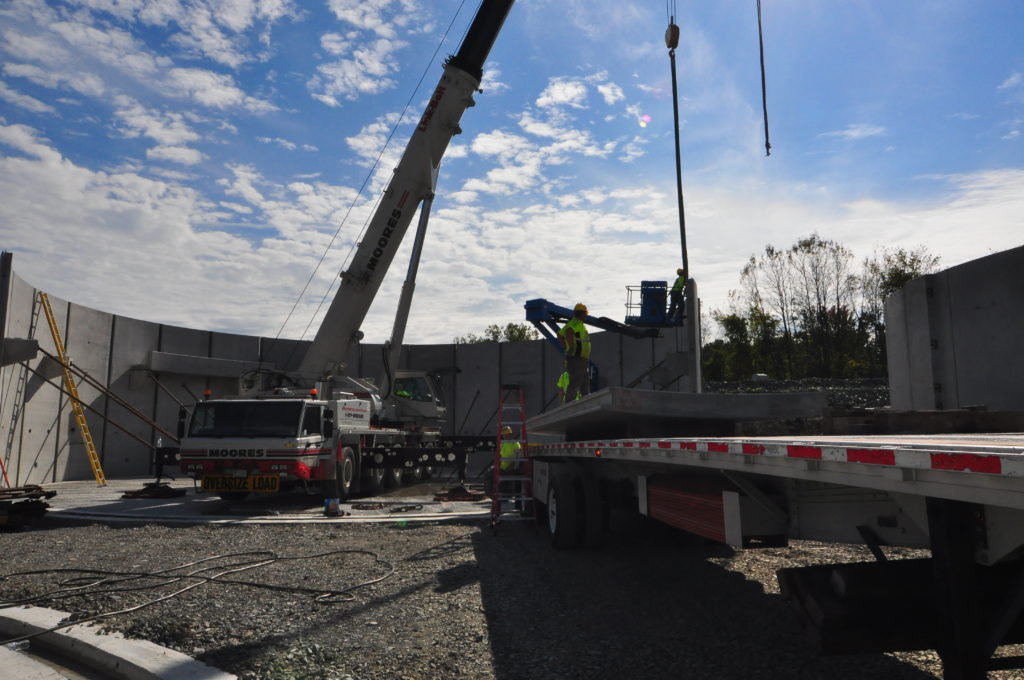
Construction at the new Exeter Wastewater Treatment Facility
Communities are implementing improved land use planning and development practices through stormwater management standards addressing stormwater pollution. Also, communities across the region have been making substantial investments in wastewater treatment facilities and stormwater management to address point source and non-point sources of pollution including nitrogen and total suspended solids. You can learn more about the investments made and construction for the Exeter Wastewater Treatment facility in a feature story coming soon!
For more about these indicators & the remaining 18, you’ll have to wait until December 8th.
|